What's the Real Difference Between Organic and Paid Digital Marketing?
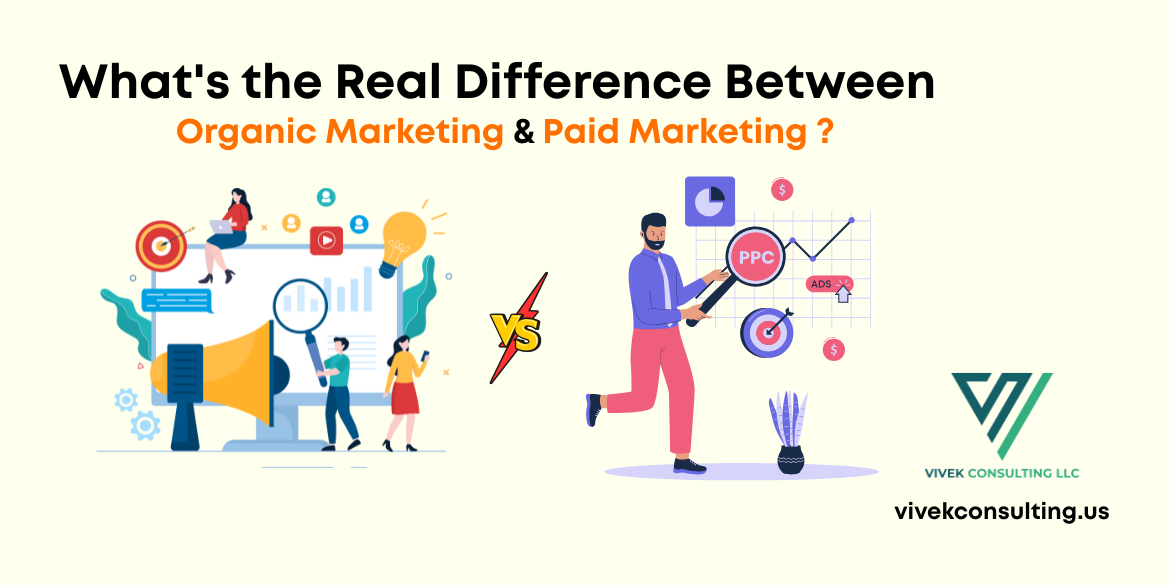
22 May 2025
What Is Digital Marketing Anyway?
Digital marketing is the modern engine that drives brand
awareness, customer engagement, and sales through the use of internet-connected
platforms. It transcends traditional boundaries, delivering tailored messages
across search engines, social media, email, and websites to targeted users at
just the right moment.
Understanding the Digital Playground
The digital landscape is a vibrant, ever-evolving ecosystem.
From SEO and influencer collaborations to PPC and AI-powered chatbots,
businesses now operate in a borderless environment, engaging with audiences in
real time. This playground demands strategy, creativity, and adaptability.
Why Digital Marketing Matters More Than Ever
With consumers glued to screens and swiping through content
daily, Digital Marketing is no longer optional—it's survival. It enables brands
to be visible where attention lives, gather valuable insights, and build
genuine relationships in a world hungry for authenticity.
Breaking It Down: Organic Digital Marketing
Organic digital marketing is the practice of getting traffic
naturally—without paying for placement. It's about producing such compelling
value that people discover and follow you on their own.
What Organic Marketing Really Means
It’s the long game. Think blogs, social media posts, and
SEO-Friendly Content. The idea is to earn attention by being helpful,
informative, or entertaining—without waving a credit card.
How Organic Marketing Works Behind the Scenes
Under the hood, it’s a blend of Smart Keyword Research,
consistent content creation, strategic backlinking, and engagement-driven
social media strategies. Algorithms reward relevance and consistency, not
short-lived spikes.
Why Organic Marketing Takes Time but Pays Off
Organic growth is slow but sustainable. It takes time to
build roots, much like when you plant a seed. But once established, it drives
compounding returns—building authority, trust, and long-term visibility.
Top Benefits of Going Organic
- Builds
credibility and trust
- Encourages
customer loyalty
- Delivers
long-term ROI
- Boosts
SEO rankings
- Costs
less in the long run
Paid Digital Marketing Explained
Paid digital marketing is the fast lane to visibility. By
spending on placements, you’re renting space in front of your target audience’s
eyes instantly.
What Paid Digital Marketing Actually Involves
This includes search engine ads (like Google Ads), social
media promotions, sponsored content, display ads, and influencer partnerships
where money changes hands for exposure.
How Paid Ads Appear Across Platforms
Paid ads pop up on Google search results, Instagram feeds,
YouTube videos, LinkedIn sidebars, and even in your favorite mobile game.
They’re strategically placed where they’ll get clicks.
Why Paid Marketing Gets Quick Wins
Speed is its superpower. Paid marketing delivers instant
traffic, especially useful for new launches, time-sensitive campaigns, or when
organic reach isn’t enough.
Biggest Advantages of Paid Campaigns
- Immediate
visibility
- Hyper-targeted
reach
- Scalable
and flexible
- Data-driven
optimization
- Great
for A/B testing
The Core Differences: Organic vs Paid
Traffic: Earned vs Bought
Organic traffic is earned through effort and consistency.
Paid traffic is bought, giving you instant reach without long-term groundwork.
Timeframe: Long-Term Growth vs Immediate Results
Organic builds over time, like a reputation. Paid offers
quick bursts of attention, ideal for promotions or seasonal pushes.
Cost Structure: Investment of Time vs Investment of Money
Organic marketing demands patience and labor. Paid campaigns
demand budget allocation but reduce the time to result.
Content Strategy: SEO-Focused vs Ad-Centric
Organic thrives on evergreen content. Paid focuses on
eye-catching copy, calls-to-action, and visuals that convert quickly.
Audience Reach: Broad Visibility vs Targeted Precision
Organic content spreads slowly but widely over time. Paid
lets you zero in on your dream customer based on behaviors and demographics.
Credibility: Trust-Building vs Attention-Grabbing
Organic feels authentic—earned, not forced. Paid marketing
can be perceived as intrusive if not done thoughtfully.
The Role of SEO in Organic Marketing
SEO is the backbone of organic digital marketing. Without
it, even the best information may be invisible.
What Search Engines Love (and Why It Matters)
Search engines reward quality, relevance,
mobile-friendliness, speed, and backlinks. It’s all about solving the user’s
problem better than anyone else.
How to Optimize for Organic Success
Use long-tail keywords, write attractive meta descriptions,
use headers to structure your material, and prioritize E-E-A-T: experience,
expertise, authority, and trust.
Understanding PPC in Paid Marketing
Pay-per-click (PPC) is a popular paid model in which
marketers are charged every time someone clicks on their ad. Efficiency is key.
What PPC Really Means and How It Works
You bid for keywords. Your placement will improve if your
bid (and quality score) increases. It’s like an auction where relevance and
budget both matter.
Why Clicks Cost and What You’re Paying For
You’re paying for exposure, targeting, and measurable
traffic. High-value industries can have steep costs per click due to
competition.
Which Works Best for Branding?
How Organic Builds Brand Loyalty Over Time
Organic marketing creates authentic connections. Over time,
it tells your story, builds community, and positions you as a go-to resource.
Why Paid Creates Instant Brand Awareness
Paid campaigns cast a wide net. They can flood the market
with your name and visuals fast—ideal for launches or rebrands.
Which Is Better for Conversions?
Organic Leads vs Paid Leads: Who Converts More?
Paid leads often convert quicker, but organic leads tend to
be higher quality—more informed and loyal.
How Buying Intent Plays a Role
Paid ads target buyers in action mode. Organic catches them
earlier, during research. Both are valuable but play different roles in the
funnel.
When to Choose Organic Over Paid (And Vice Versa)
Situational Strategy: Startups, Small Businesses, and Big
Brands
Startups may need paid for traction. Small businesses
benefit from organic to stretch budgets. Big brands should do
both—strategically.
Budget, Goals, and Timelines That Shape Your Decision
If time is short and budget is plentiful, go paid. If budget
is tight but time is flexible, build organic roots.
Blending the Two: The Power of a Hybrid Approach
How Organic and Paid Can Work Together
Use paid to amplify high-performing organic content.
Retarget organic visitors with ads. Test with paid, scale with organic.
Creating a Balanced Strategy That Delivers
Map out the customer journey. Identify where organic or paid
makes the most impact. Keep testing, keep iterating.
Common Mistakes Marketers Make
Over-Relying on One Channel
Putting all your eggs in one basket—organic or paid—limits
growth. Diversify your efforts to stay agile.
Ignoring Data and ROI
Marketing without tracking is like driving blindfolded. Use
analytics to guide your spend and content strategy.
Real-World Examples and Case Studies
Brands Winning with Organic
Buffer, HubSpot, and Patagonia have mastered the organic
game through content, community, and storytelling.
Success Stories with Paid Ads
Brands such as Dollar Shave Club and Gymshark employed
bought marketing to increase brand recognition and growth.
Tools to Help You Master Both Worlds
Top Tools for Organic Marketing
- Google
Search Console
- Ahrefs
or SEMrush
- Grammarly
- Canva
- Hootsuite
Must-Have Platforms for Paid Campaigns
- Google
Ads
- Facebook
Ads Manager
- LinkedIn
Campaign Manager
- AdEspresso
- SpyFu
Future Trends in Digital Marketing
What’s Changing in Organic Strategy
AI-generated content, voice search optimization, and user
experience are reshaping SEO and organic tactics.
The Evolution of Paid Advertising
Automation, smart bidding, influencer whitelisting, and AR
ads are pushing paid marketing into bold new territory.
Conclusion
Choosing the Right Path for Your Brand
There’s no one-size-fits-all answer. Your goals, resources,
and audience should shape your mix of organic and paid efforts.
Final Thoughts on Organic vs Paid Digital Marketing
Both have their place. The key is knowing when to nurture and when to accelerate—balancing patience with precision for sustainable success.
Recent Articles
-
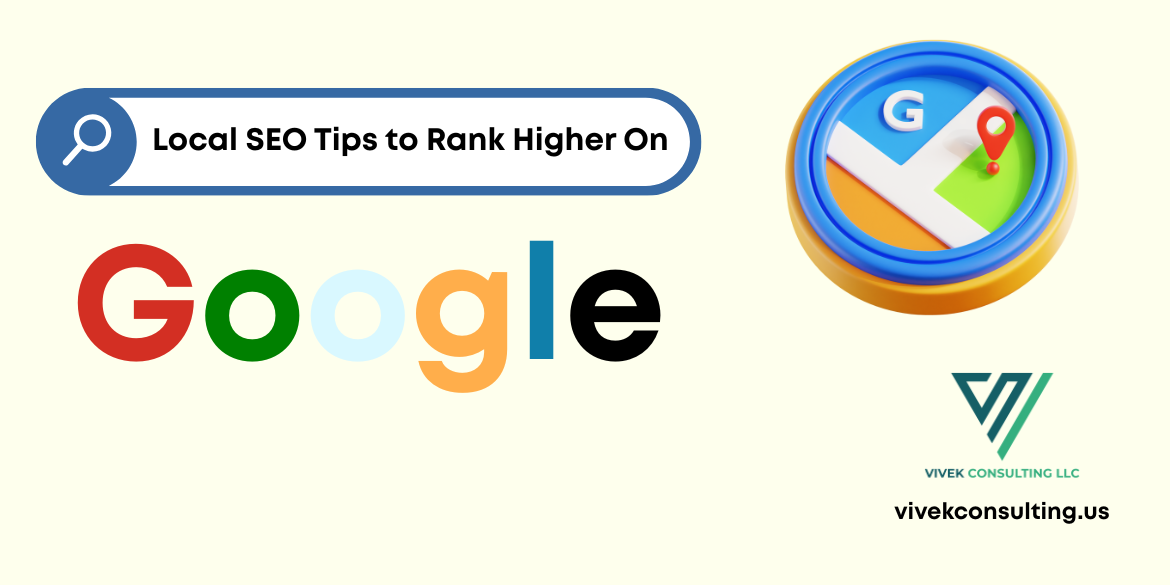 Want more local traffic? These Local SEO Tips to Rank Higher on Google will get you noticed
Want more local traffic? These Local SEO Tips to Rank Higher on Google will get you noticed
-
 What's the Difference Between on-page and off-page SEO?
What's the Difference Between on-page and off-page SEO?
-
 What's the Real Difference Between Organic and Paid Digital Marketing?
What's the Real Difference Between Organic and Paid Digital Marketing?
-
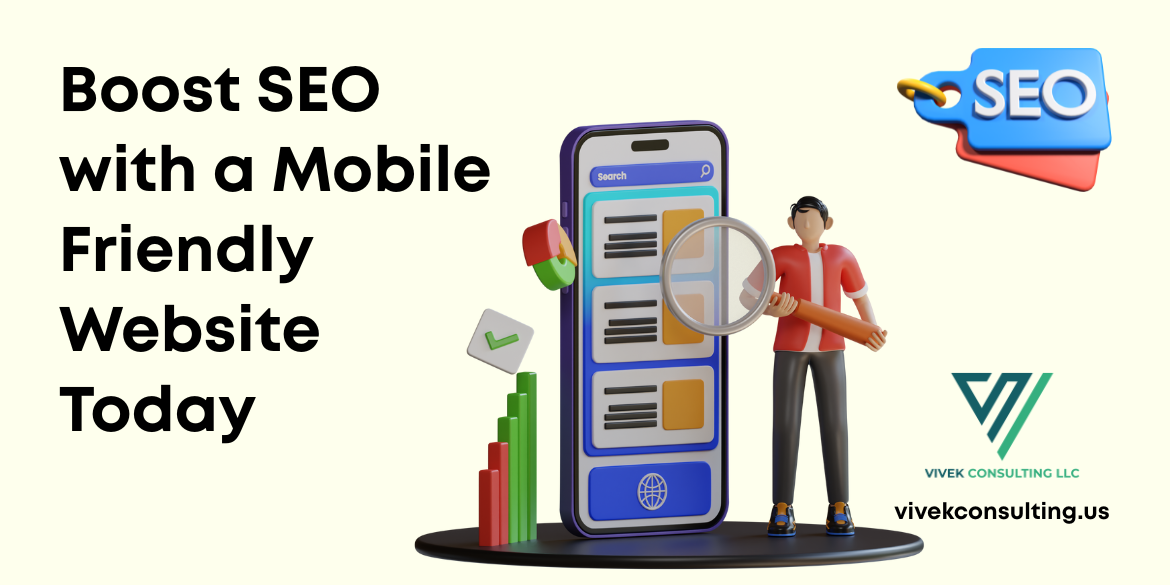 Boost SEO with a Mobile Friendly Website Today
Boost SEO with a Mobile Friendly Website Today
-
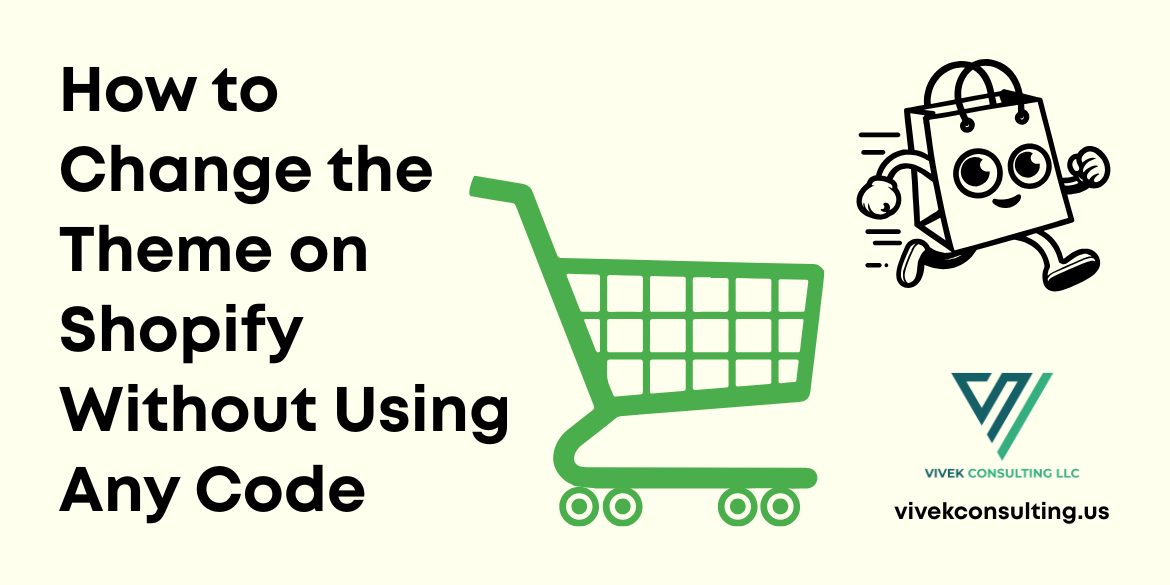 How to Change the Theme on Shopify Without Using Any Code
How to Change the Theme on Shopify Without Using Any Code
-
 Why Businesses Need Blockchain Development
Why Businesses Need Blockchain Development
-
 SEO Strategy: How to Create an Effective Plan
SEO Strategy: How to Create an Effective Plan
-
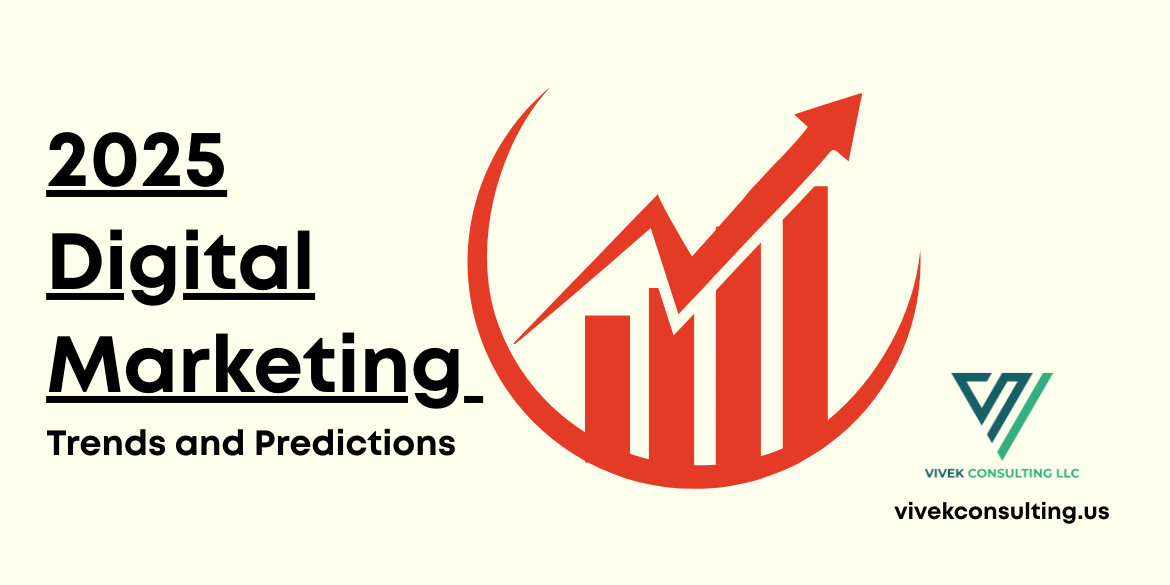 2025 Digital Marketing Trends and Predictions
2025 Digital Marketing Trends and Predictions
-
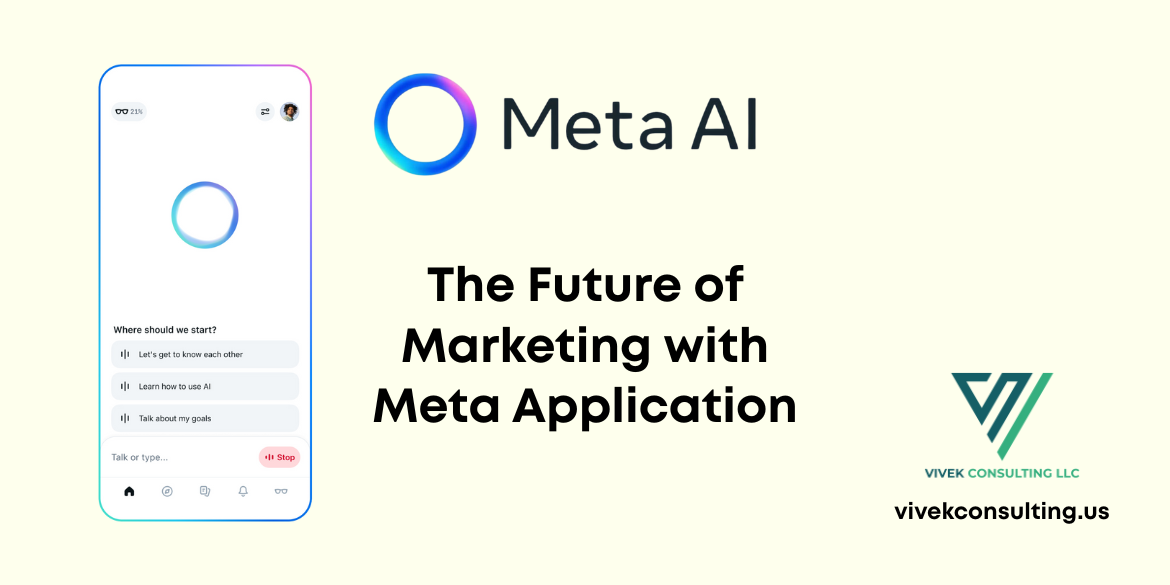 The Future of Marketing with Meta Application
The Future of Marketing with Meta Application
-
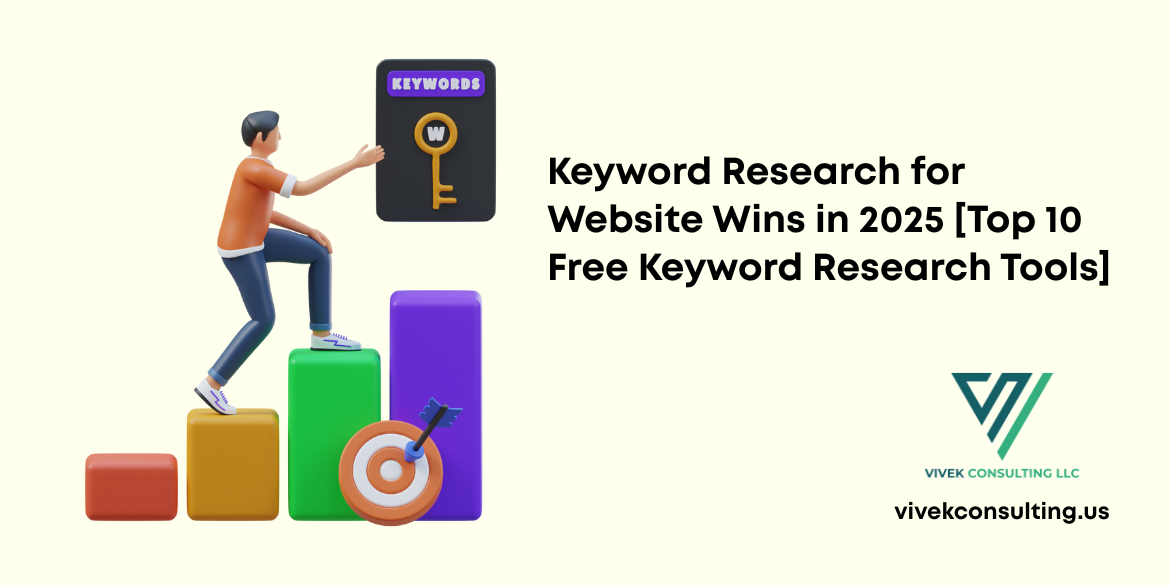 Keyword Research for Website Wins in 2025 [Top 10 Free Keyword Research Tools]
Keyword Research for Website Wins in 2025 [Top 10 Free Keyword Research Tools]
-
.png) Learning the SEO Audit Checklist. Every website should rank higher, load faster, and convert better without wasting time.
Learning the SEO Audit Checklist. Every website should rank higher, load faster, and convert better without wasting time.
-
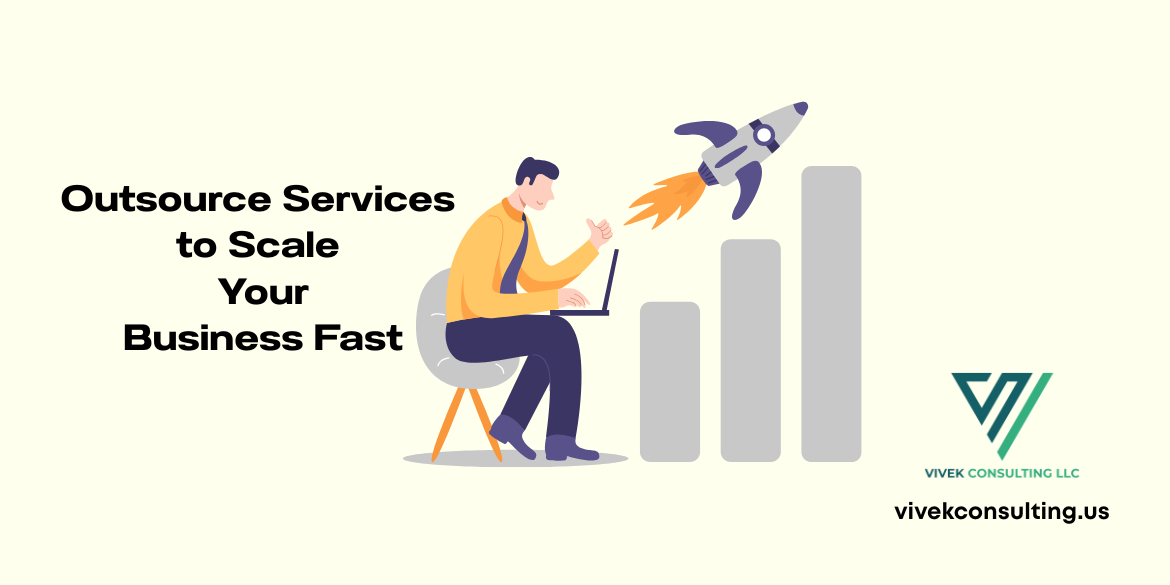 Ready for serious growth? Outsource services to scale your business fast and save time and money.
Ready for serious growth? Outsource services to scale your business fast and save time and money.
-
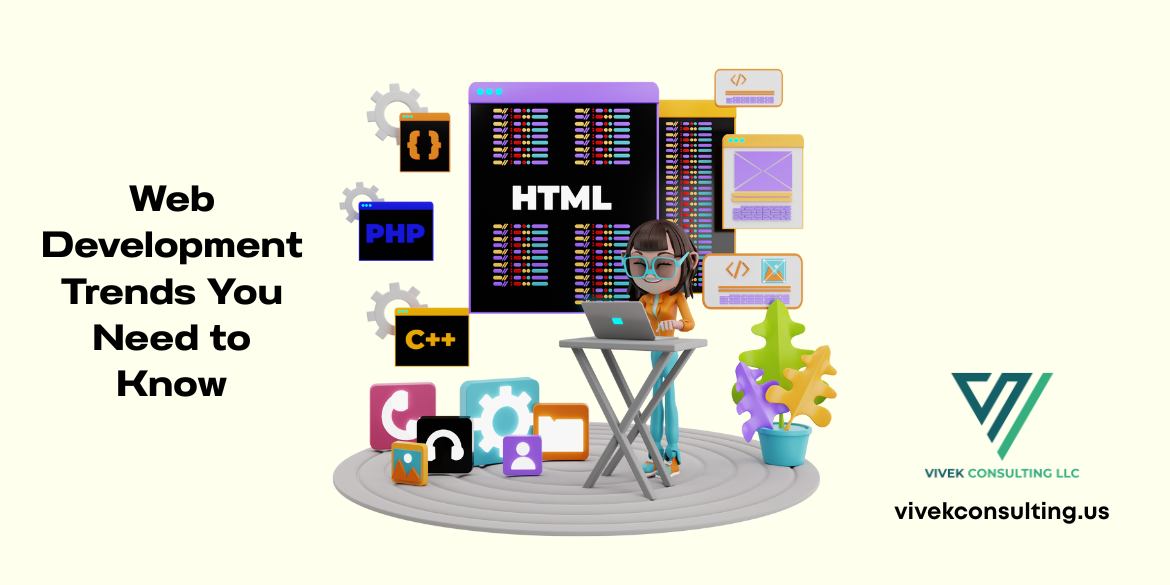 From AI to no-code, explore the Web Development Trends You Need to Know right now.
From AI to no-code, explore the Web Development Trends You Need to Know right now.
-
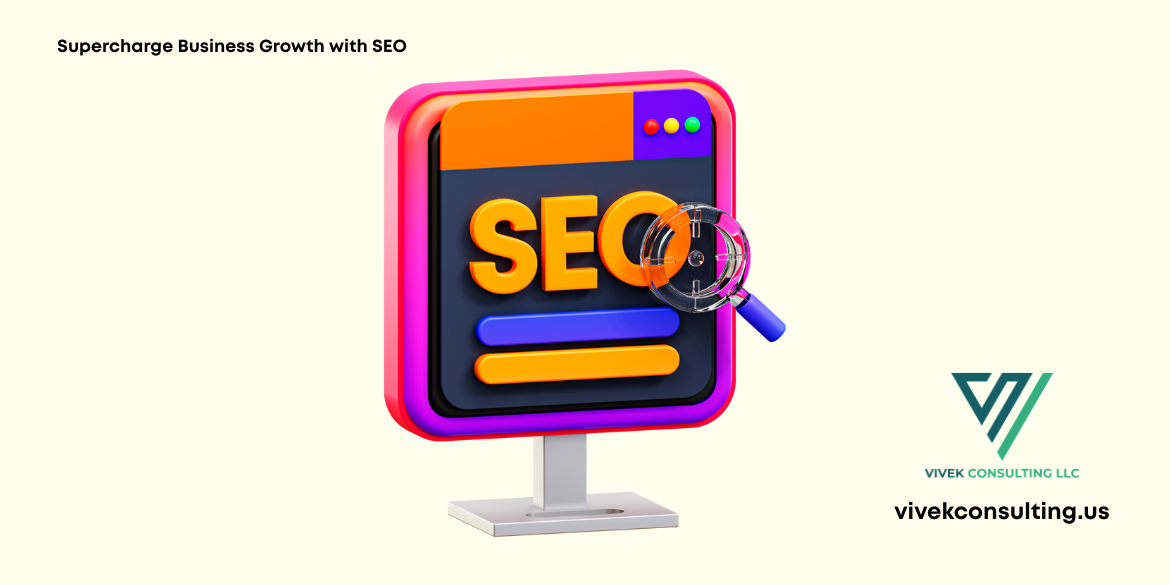 Supercharge Business Growth with SEO
Supercharge Business Growth with SEO
-
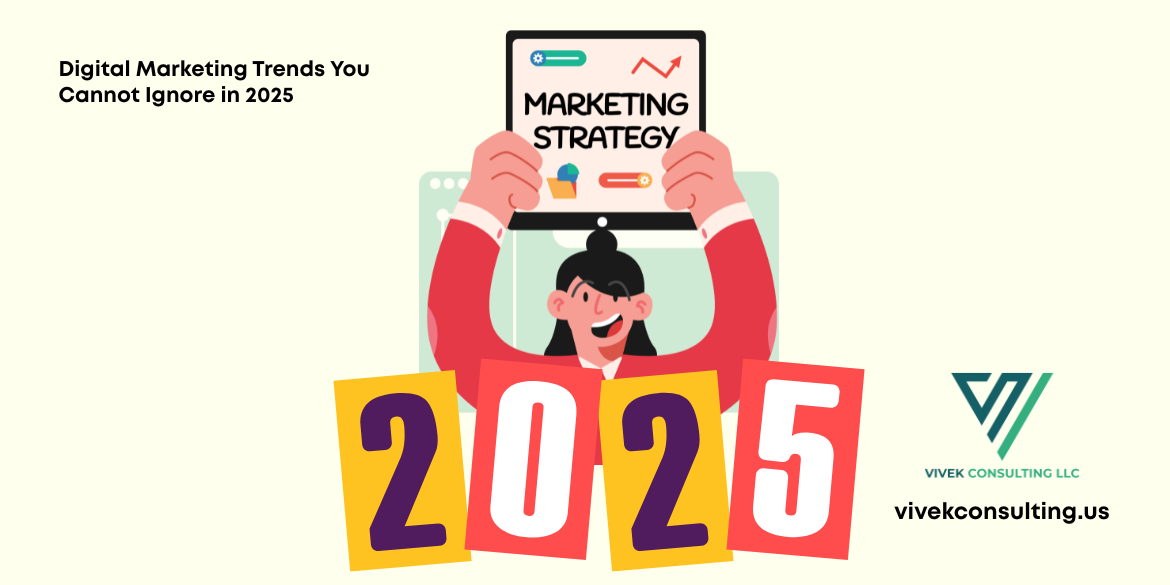 Digital Marketing Trends You Cannot Ignore in 2025
Digital Marketing Trends You Cannot Ignore in 2025
-
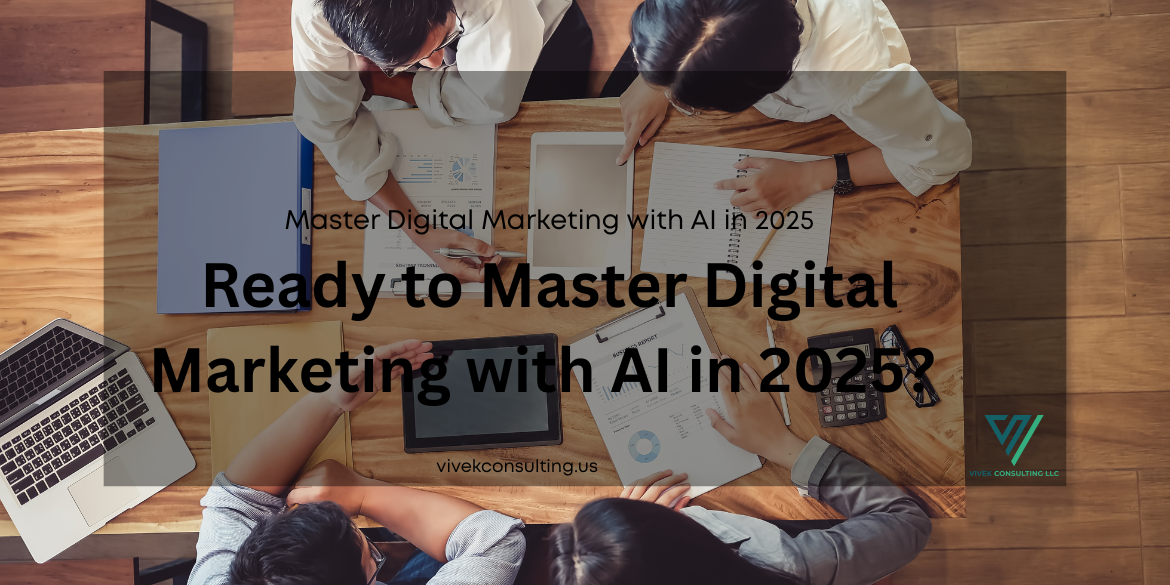 Master Digital Marketing with AI in 2025
Master Digital Marketing with AI in 2025
-
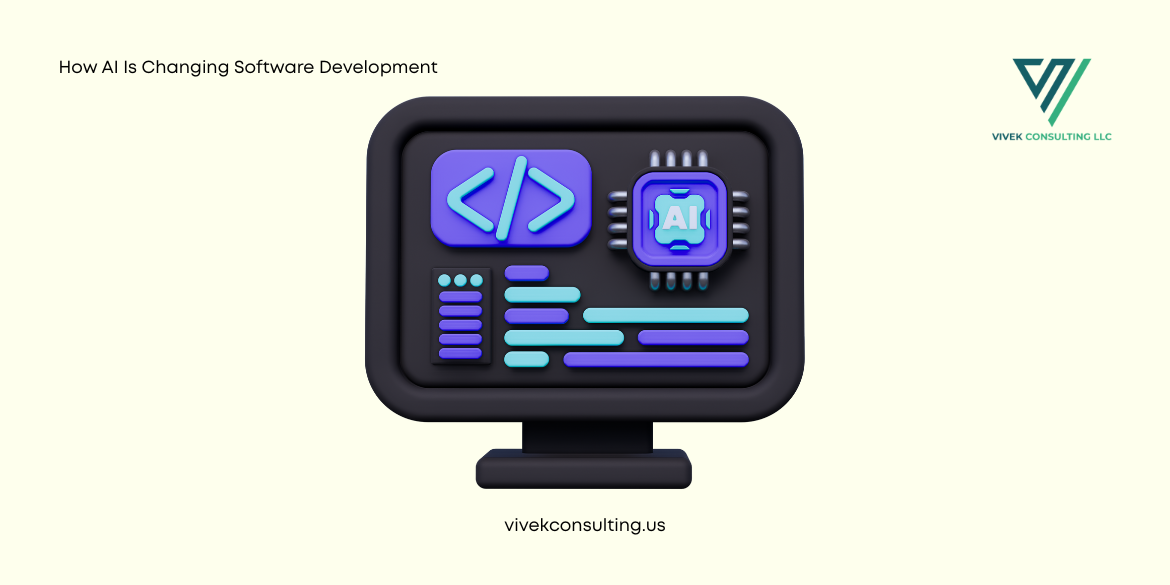 How AI Is Changing Software Development
How AI Is Changing Software Development
-
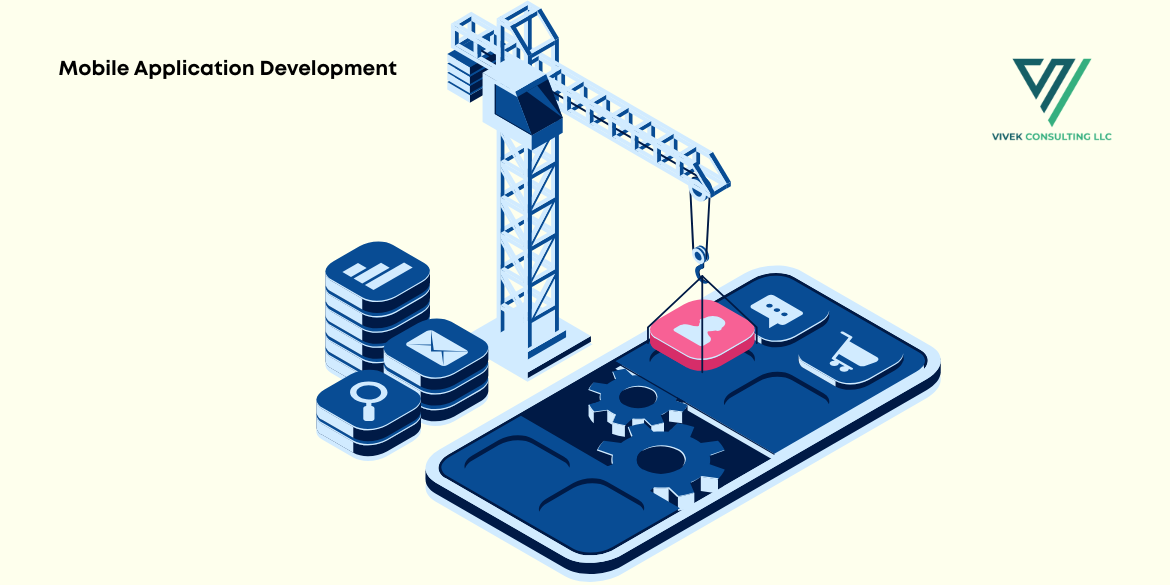 Mobile Application Development in 10 Easy Steps
Mobile Application Development in 10 Easy Steps
-
 Outsource Services to Boost Efficiency
Outsource Services to Boost Efficiency
-
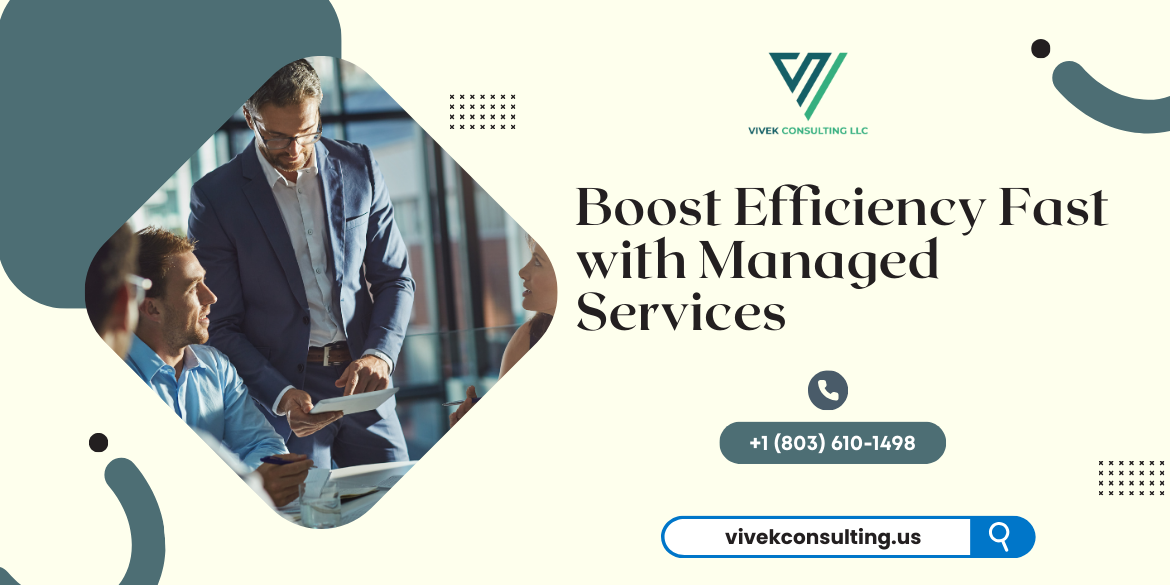 Ready to scale smart? Boost efficiency fast with managed services that work.
Ready to scale smart? Boost efficiency fast with managed services that work.
-
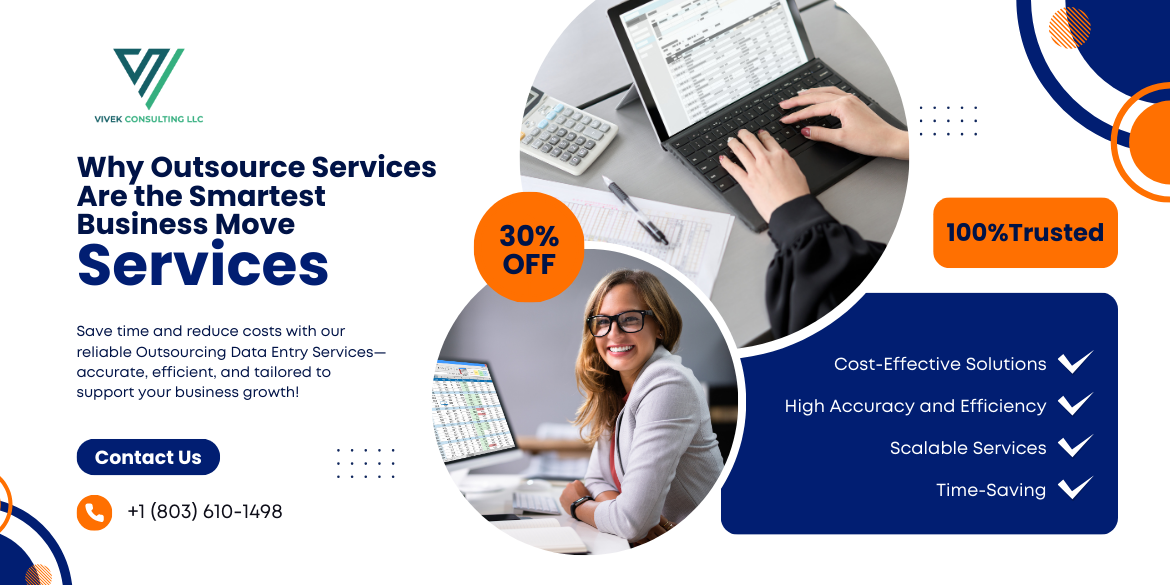 Outsource Services: The Smart Move for Your Business
Outsource Services: The Smart Move for Your Business
-
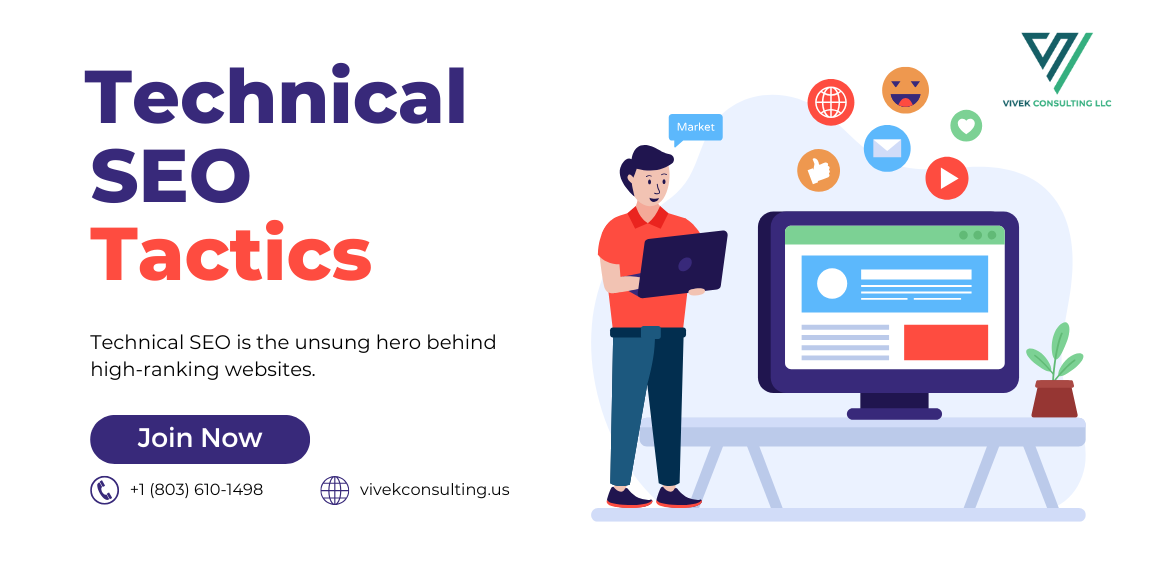 Technical SEO Tactics to Skyrocket Your Rankings
Technical SEO Tactics to Skyrocket Your Rankings
-
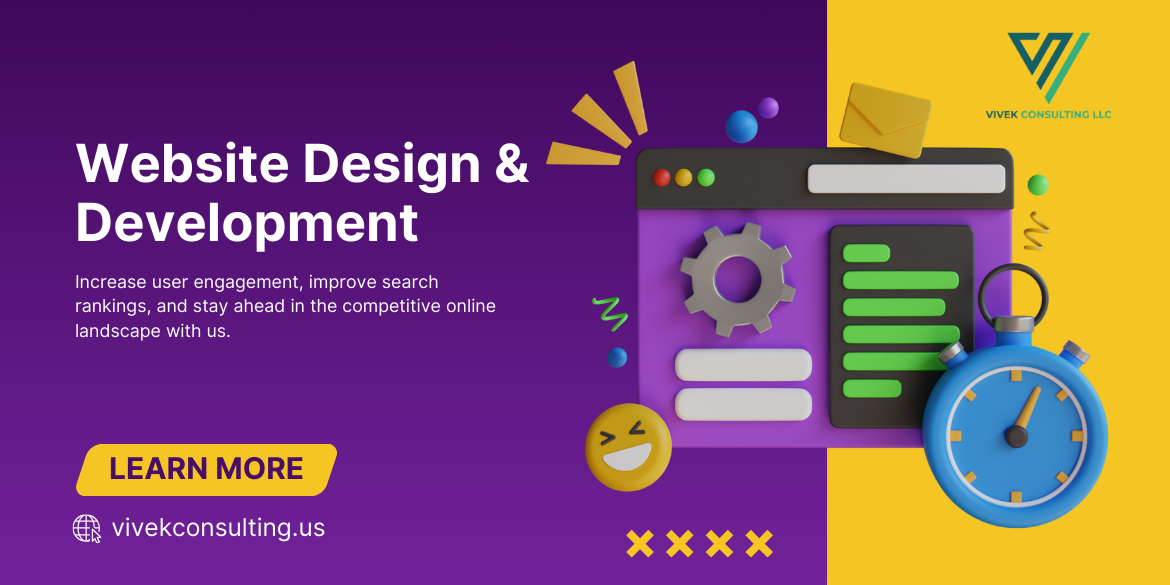 The digital world is evolving fast. Here is the web development trends you can’t ignore if you want to stay competitive.
The digital world is evolving fast. Here is the web development trends you can’t ignore if you want to stay competitive.
-
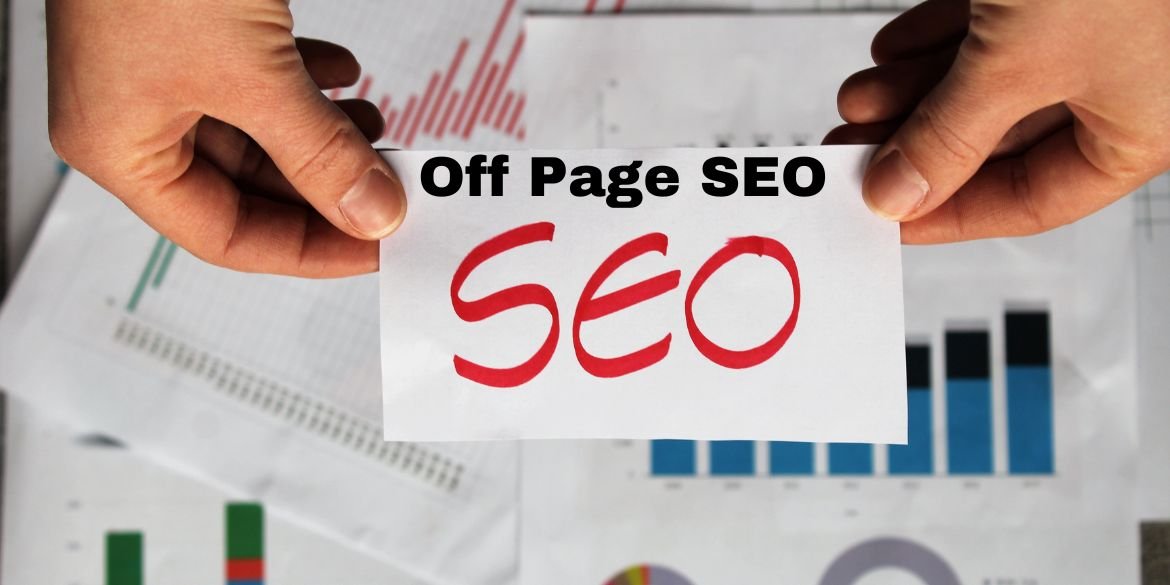 Want more traffic? These off-page SEO tips will help you rank higher and grow like a pro! ????
Want more traffic? These off-page SEO tips will help you rank higher and grow like a pro! ????
-
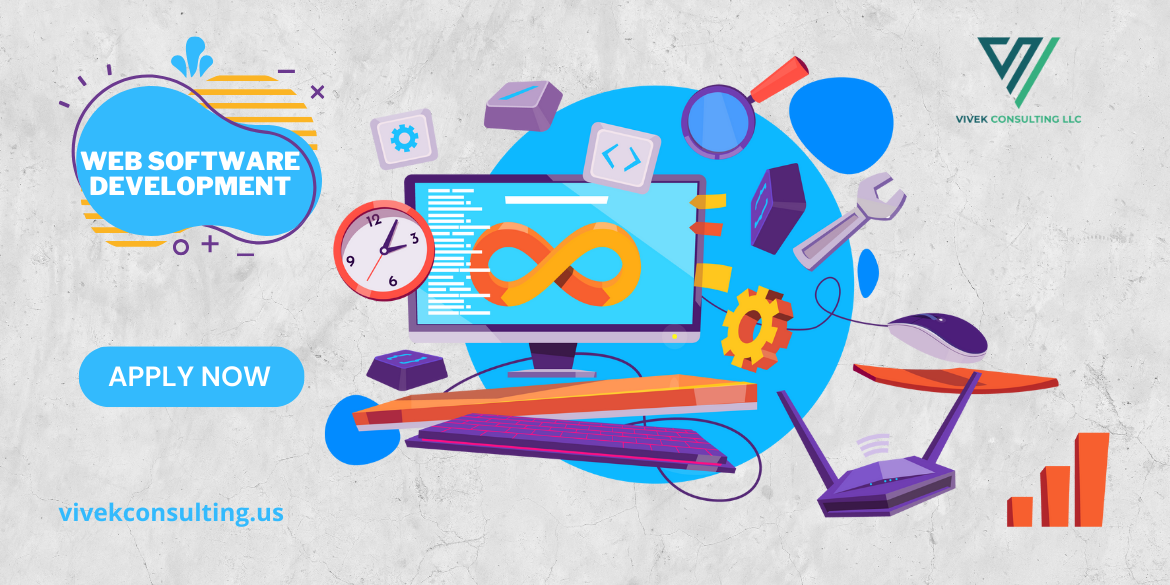 The Role of AI in Modern Software Development
The Role of AI in Modern Software Development
-
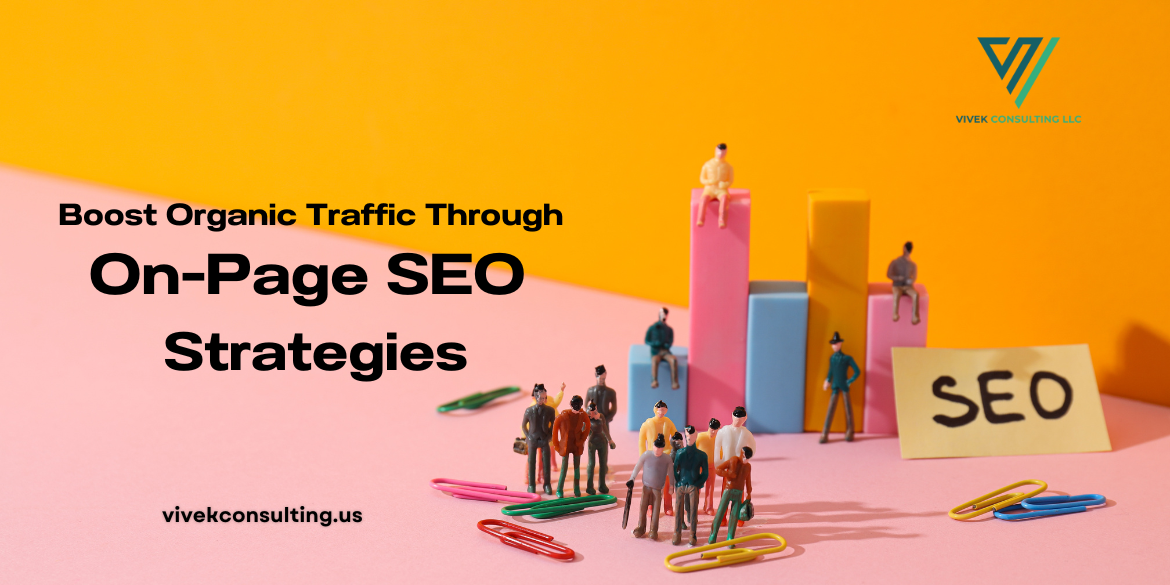 Boost Organic Traffic Through On-Page SEO Strategies
Boost Organic Traffic Through On-Page SEO Strategies
-
 How SEO Can Skyrocket Your Business Growth
How SEO Can Skyrocket Your Business Growth
-
.png) Why Digital Marketing Benefits Business Success in Charlotte NC
Why Digital Marketing Benefits Business Success in Charlotte NC
-
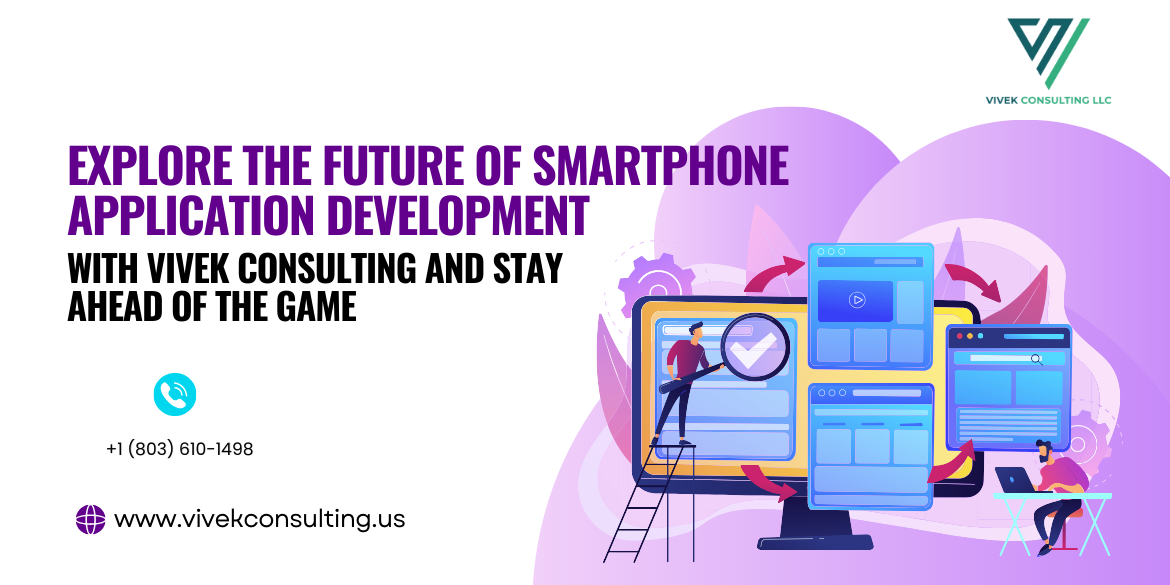 Explore the future of smartphone application development with Vivek Consulting and stay ahead of the game.
Explore the future of smartphone application development with Vivek Consulting and stay ahead of the game.
-
 Crush Your Competition with Digital Marketing Charlotte NC - Vivek consulting
Crush Your Competition with Digital Marketing Charlotte NC - Vivek consulting
-
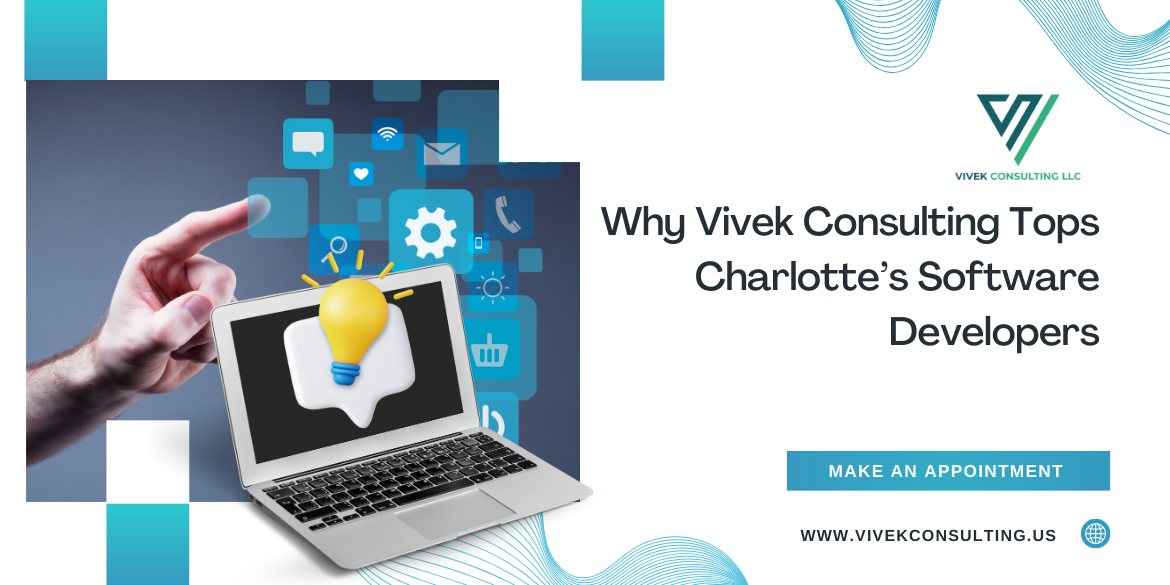 Why Vivek Consulting Tops Charlotte’s Software Developers
Why Vivek Consulting Tops Charlotte’s Software Developers
-
 The Innovation of Smart and Inclusive UX: How AI and 5G Are Transforming Mobile Application Development
The Innovation of Smart and Inclusive UX: How AI and 5G Are Transforming Mobile Application Development
-
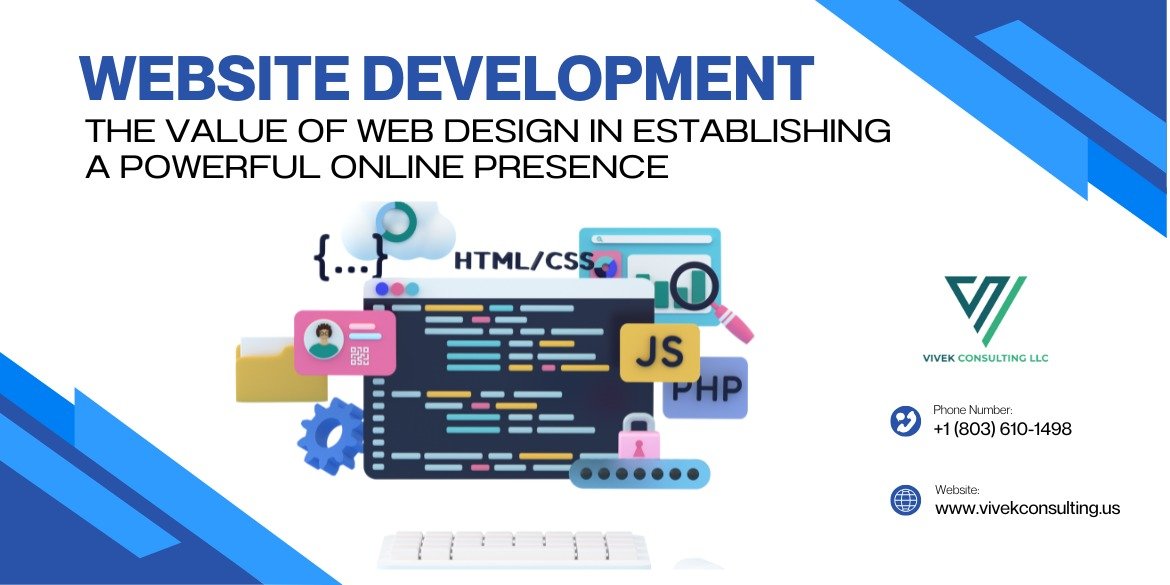 Website Development: The Value of Web Design in Establishing a Powerful Online Presence
Website Development: The Value of Web Design in Establishing a Powerful Online Presence
-
 Elevate Your Brand: Discover the Top Marketing Agency in Charlotte for 2025 - Vivek consulting
Elevate Your Brand: Discover the Top Marketing Agency in Charlotte for 2025 - Vivek consulting
